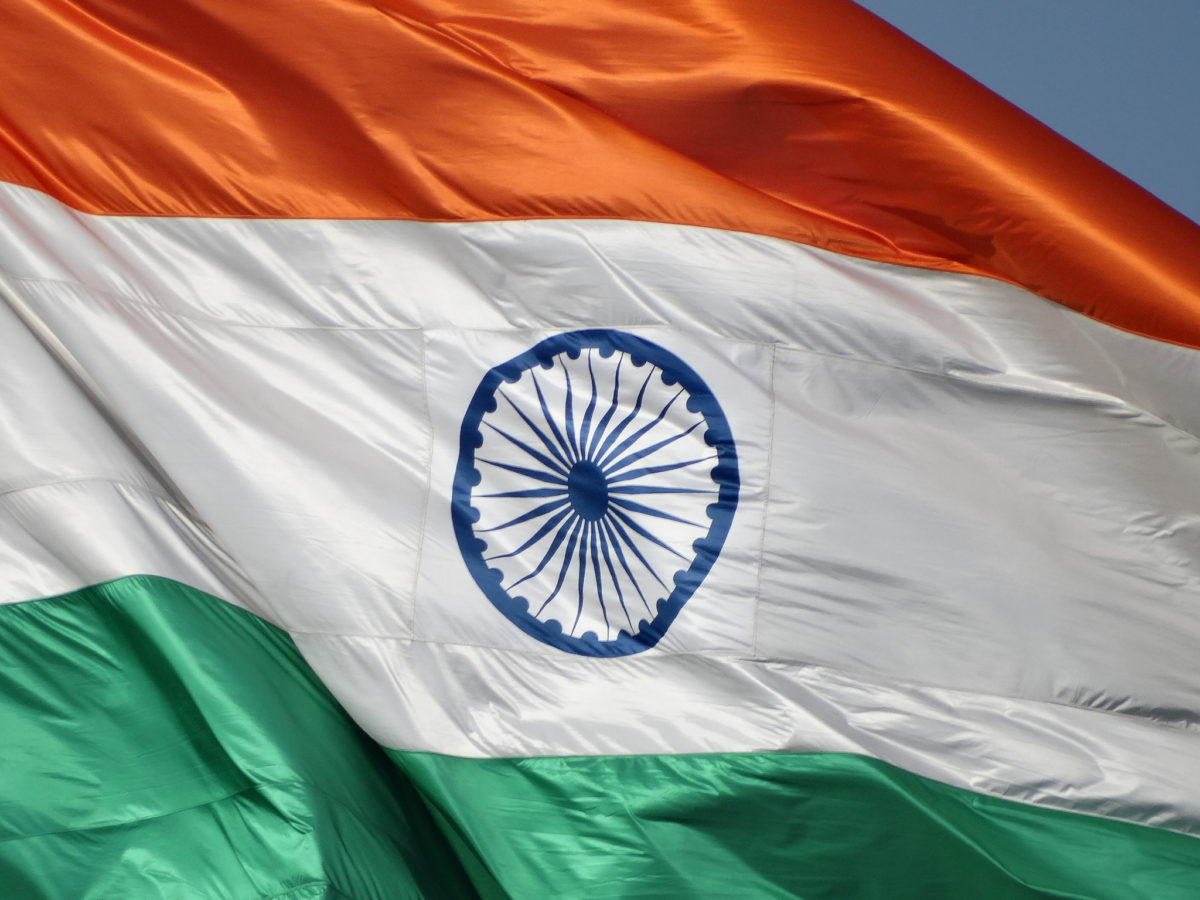India added 1.74 GW of new PV capacity in the first quarter, down 49% from 3.4 GW during the same period a year earlier, but up 4% from the fourth quarter of 2018, Mercom India Research reports in its new Q1 2019 India Solar Market Update.
Solar accounted for 32% of all new capacity additions throughout the period, as the country’s total installed PV capacity hit 30 GW at the end of March. Cumulative rooftop PV installations hit 3.5 GW, accounting for accounted for just 15% of newly built solar capacity in the January-March period, rooftop PV installations plunged by 33% year-on-year, following four straight quarters of growth.
Rooftop issues
Many installers were unable to secure approval for rooftop projects in the lead-up to the country’s general election, which wrapped up in May. While rooftop solar only accounts for 12% of total PV installations, the country has only reached 9% of its target for such projects, which has been set at 40 GW by 2022.
“Activity in the Indian solar market was generally subdued due to general elections,” said Raj Prabhu, CEO of Mercom Capital Group. “Auction activity also grounded to a halt during the model code of conduct period. Rooftop installations were especially affected.”
However, Mercom India Research expects rooftop installations to pick up in the second half of this year. It sees enormous potential in the rooftop PV space, but notes that more appropriate financing mechanisms are still needed to support growth, as banks have been increasingly reluctant to lend in recent quarters. Issues related to net metering have also weighed on growth in the rooftop PV market.
“We expect the administration to come out with bigger and bolder goals for renewables over a longer time horizon,” said Prabhu. “Even though short-term challenges persist, things look brighter for the Indian solar market after the elections.”
Larger projects
Tariff caps have emerged as a problem, with government agencies scrapping auctions after winners have been announced. This has turned off some developers, as more than 800 MW of solar auctions were canceled throughout the quarter. Other problems, such as payment delays in the states such as Telangana and Andhra Pradesh, also remain an issue.
Meanwhile, rising demand for domestic PV modules over the last eight months, as domestic manufacturers have benefitted from safeguard duties. Yet this support will dwindle from July, when the duties will go down to 20%, Mercom said, adding that the potential implications of this remain unclear. That said, bigger suppliers are still managing to sell panels by slashing prices.
Mercom, which has offices in Bangalore and New Delhi, expects the country to install about 9 GW of PV capacity in the current calendar year. The pipeline for large-scale solar projects reached 19.4 GW by the end of the first quarter with 31.7 GW tendered and pending auctions.
Mercom expects installations to hit 71 GW by the end of 2022, nearly 30% below the government’s official 100 GW target. However, the research firm nonetheless believe that the target could still be achieved if the right policies are put in place.
This content is protected by copyright and may not be reused. If you want to cooperate with us and would like to reuse some of our content, please contact: editors@pv-magazine.com.








By submitting this form you agree to pv magazine using your data for the purposes of publishing your comment.
Your personal data will only be disclosed or otherwise transmitted to third parties for the purposes of spam filtering or if this is necessary for technical maintenance of the website. Any other transfer to third parties will not take place unless this is justified on the basis of applicable data protection regulations or if pv magazine is legally obliged to do so.
You may revoke this consent at any time with effect for the future, in which case your personal data will be deleted immediately. Otherwise, your data will be deleted if pv magazine has processed your request or the purpose of data storage is fulfilled.
Further information on data privacy can be found in our Data Protection Policy.